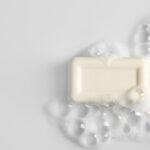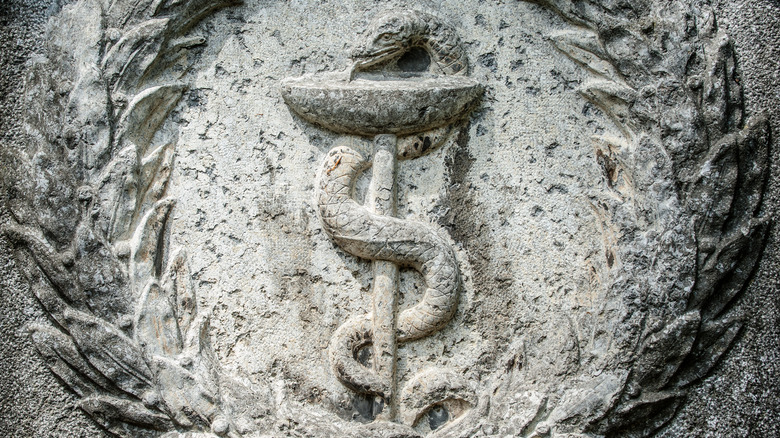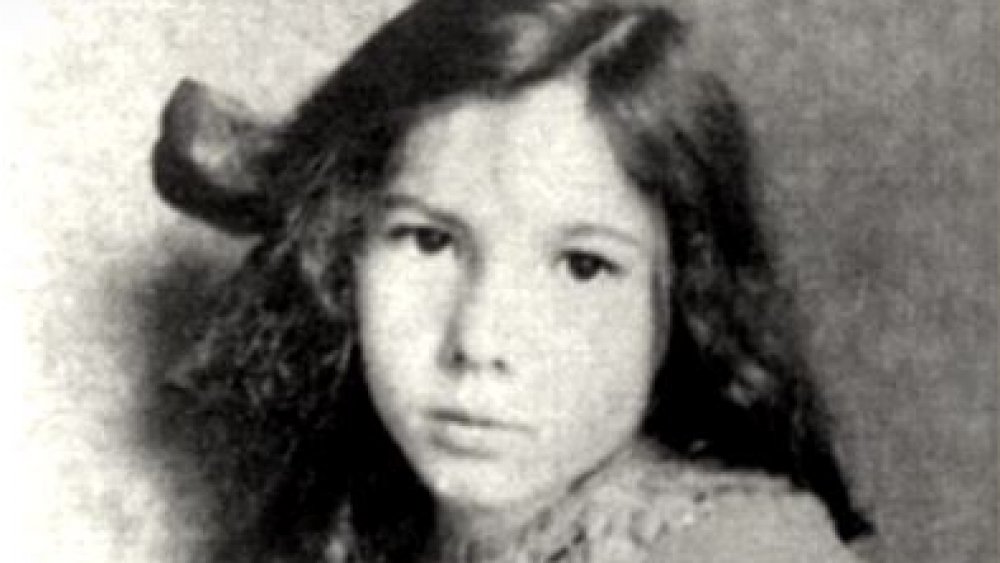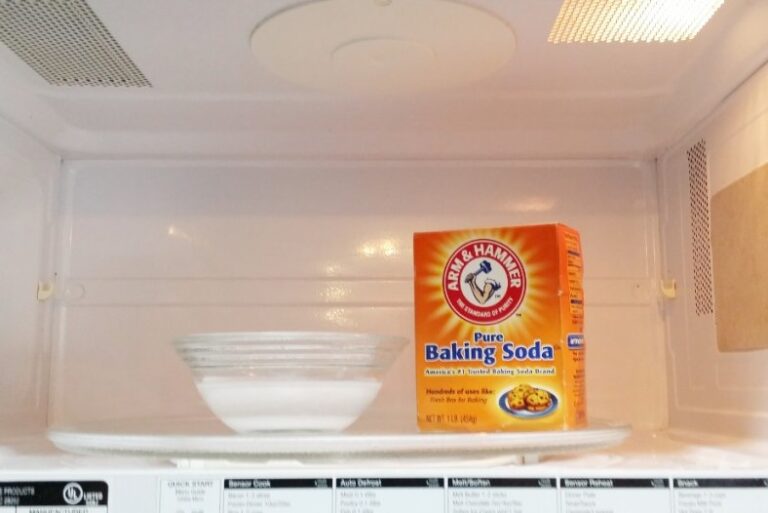
Your Body Could Turn Into Soap After You Die. Here’s How
Decomposition is a weird thing. The way the body breaks down to simple organic matter is an amazing, albeit strange process. Most living creatures go through five stages of decomposition after death: fresh, bloat, active decay, advance decay and the remains of the carcass (via BioSoCal). However, there is a chemical process known as saponification takes place in certain individuals that cause their remains to turn to “soap.”
In 1874, Dr. Joseph Leidy delivered to the Mütter Museum in Philadelphia, Pennsylvania, two bodies that had been unearthed when city improvements forced several graves to be exhumed. Among the bodies removed from the cemetery were two corpses that had been turned to soap. Well, not exactly soap per se, but something known as adipocere, or as it’s more commonly referred to, corpse wax (via Atlas Obscura).
Adipocere forms as decomposition of the body occurs. Through saponification, the fat stored in the body converts into a soapy wax-like substance after death, essentially creating a “soap mummy.” It’s not an entirely common process. In order for saponification to occur, the body needs to be in an alkaline, warm, airless environment (via the Mütter Museum). It was determined that water had leaked into the graves, fulfilling all the necessary requirements to make a soap corpse.
The soap lady is coming to get you
The two “soap mummies” unearthed during the city improvements in 1874 were determined to be male and female, perhaps even related. Dr. Leidy donated the female carcass to the Mütter Museum, while the University of Pennsylvania received the male corpse (via Penn Museum). While the university examined the male body, the Mütter Museum put the female corpse on display. Affectionately known as the “Soap Lady,” the corpse has been on exhibit since her arrival at the museum in 1874, over 147 years. Historians have spent decades trying to properly identify the Soap Lady. Researchers initially believed that she was around 40 when she died from yellow fever during the 1792 epidemic.
Interestingly enough, however, after the first x-rays were performed on the corpse in 1986, it was determined that she was wearing buttons and pins that weren’t manufactured until circa 1830 (via Mutter Museum). Dr. Joseph Leidy had the Soap Lady’s year of death wrong. Another round of x-rays in 2007 determined that the Soap Lady wasn’t 40 when she died, but in her late 20s. Historians may never be able to properly identify the woman on display at the Mütter Museum. One thing’s for certain, though, Tyler Durden would’ve had a field day with the Soap Lady if he just would’ve stopped by Philly.

This Is The Shark Goddess That Was Said To Live In Pearl Harbor

The Dark Origins Of The London Bridge Is Falling Down Nursery Rhyme

The Horrible Truth Behind The Chinese Death Cage

How A 4,400-Year-Old Shaman's Snake Staff Rewrites Finnish History

What You Need To Know About The Mysterious Bennington Triangle Disappearances

The Tragic Life Of America's Best Forgotten Author

The Truth About The English Witch Who Predicted The Internet

Study Shows Underwater Speakers Help Bring Dying Coral Reefs Back To Life

Quacking Ducks Win Noise Complaint Case Against Cranky Neighbor

Universal Traffic Laws That Nobody Obeys























